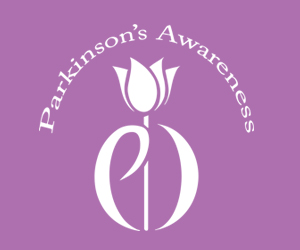The month of April is often associated with the sale of yellow daffodils, a fundraising and awareness campaign for cancer research. But lesser-known is the Red Tulip, developed in 1981 in honor of Dr. James Parkinson by J.W.S. Van der Wereld a Dutch horticulturist who had Parkinson’s disease.
April is Parkinson’s Awareness Month and the Parkinson Society of Canada strives to increase awareness and “spur new research and treatment initiatives” during this month.
Parkinson’s is a neurodegenerative disease. In Parkinson patients, the cells which produce dopamine die and without this chemical, signals between the nerves in the brain fail to travel. Symptoms of the disease include tremors, slowness and stiffness, impaired balance and rigid muscles. Other less common symptoms may include fatigue, soft speech, handwriting difficulty or a stooped posture.
There is no cure for Parkinson’s Disease. Treatment with medication and in some cases surgery can be effective. Physical and occupational therapy can help with daily activities and increase mobility, balance and flexibility.
In the fall of 2014, a four-year, $15 million study to investigate neurological conditions including Parkinson’s was released. It found that by 2031 the number of Canadians over 40 living with Parkinson’s will increase by 65 per cent and the number with the disease over 65 will more than double to 148,000.
Parkinson’s has the third highest level of direct health care costs in Canada, following Alzheimer’s and Epilepsy. People with Parkinson’s also have the highest use of prescription medication and the greatest out of pocket expense per person.
For more information about Parkinson’s disease research, diagnosis and treatment, visit www.parkinson.ca .






Add Your Voice
0 Comments
Join the Discussion